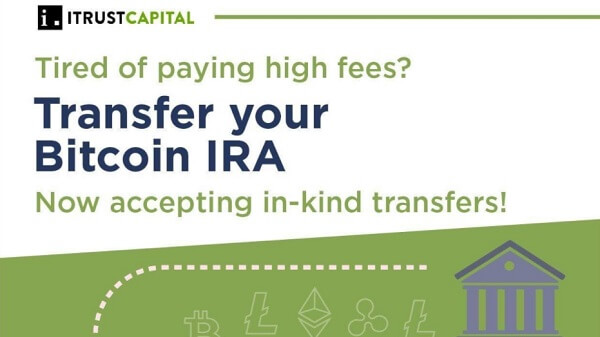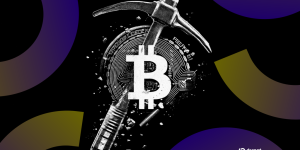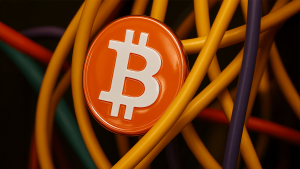This story comes from GG. Your Web3 Gaming Power-Up
Discover GG
Stepn, a mobile “move-to-earn” game that rewards players with crypto tokens for walking and running with specialized NFTs, has launched an in-app marketplace for NFT sales within its iOS app for Apple’s iPhone. Furthermore, developer Find Satoshi Lab has integrated Apple Pay for purchases using credit and debit cards.
Mobile apps typically don’t allow for NFT purchases on the secondary market because of the complexities introduced by Apple and Google charging a 30% fee on most in-app purchases. That includes NFTs, which means app developers would either need to charge users that extra fee to transact on mobile, or otherwise eat the fee as part of the cost of doing business.
Stepn has done the former here, but in a way that abstracts away the crypto elements and bundles in the extra fees in the process. In this case, Stepn has made it possible for users to purchase NFT sneakers—which enable users to earn token rewards—through the app via a new in-app currency called Sparks, which is not a cryptocurrency.
Users can purchase bundles of Sparks through the Stepn app (via Apple Pay) and then use them to buy the NFT sneakers, with zero interactions with cryptocurrency along the way. But the prices in Sparks are considerably higher in converted U.S. dollars than when purchasing the exact same items via the web marketplace using Stepn’s own GMT crypto token.
For example, a particular pair of sneakers was listed for 110 GMT this morning, or about $31.40 based on the price of GMT at the time per CoinGecko. Buying the same NFT via the iOS app would cost $44.60 worth of Stepn Sparks at the fixed value of $0.10 per Spark (446 Sparks). That’s a 42% increase. Another direct comparison for a different NFT purchased through both scenarios showed a nearly 43% difference.
Stepn Chief Operating Officer Shiti Manghani confirmed to Decrypt that the price shown in the iOS app is inclusive of fees that Find Satoshi Lab handles as part of the process of users buying NFTs through the app. Stepn has minted NFTs across Solana, Ethereum, and BNB Chain.
“In compliance with Apple’s policies, each in-app purchase is subject to taxation,” Stepn’s official FAQ states. “Therefore, when using Spark credits to buy a sneaker, you may notice a price difference. This adjustment ensures adherence to the necessary regulations and reflects the added taxation.”
If someone sells a pair of NFT shoes through the Stepn marketplace and it’s purchased by an iOS user, then Find Satoshi Lab will pay the seller the listed price in GMT tokens, with the remaining balance in Sparks (which were purchased from Stepn) then used to cover fees.
Apple’s 30% cut of in-app purchases—and potential other fees in the mix around offering in-app currencies and handling credit card payments—have been a sticking point for decentralized app (dapp) developers. Typically, NFT marketplaces charge a much smaller platform fee for handling transactions—for example, OpenSea charges 2.5% of the sale price for trades.
Some apps have simply decided not to enable in-app NFT trades, such as NFT marketplace Magic Eden and the NFT monster-battling game Axie Infinity, which just rolled out its “lite” iOS app last week without NFT trading capabilities. Meanwhile, NBA Top Shot maker Dapper Labs said this year that it hoped to find a solution to enable in-app NFT trades in the future.
Apple’s policy hasn’t changed here, it appears. Instead, Stepn found a way to work within the regulations, devising a way to enable trades at a higher cost to users by using a new in-app currency and packaging in the fees for buyers. Decrypt reached out to Apple for clarification on its policies, but did not immediately hear back.
It remains to be seen whether convenience outweighs the hassle of making users go to the web marketplace and handle cryptocurrency instead. Web2 apps have had to navigate this dilemma in the past, including Twitter and its Blue subscription service—which prompted owner and CEO Elon Musk to complain about Apple’s cut and ultimately raise the price of subscriptions on iOS.
Apple currently prohibits apps from sending users to an external web portal to pay for a service, or accept external payments, although legal challenges may force the tech giant to open up.
In any case, Manghani said that Apple’s massive reach makes this effort—and the higher prices for users—worthwhile as NFT app builders try to figure out how to play nice with Web2 platforms. She described the Apple Pay integration specifically as “a giant step forward” as Stepn aims to onboard 100 million more users into Web3.
Apple’s enormous scale “comes a huge responsibility to its users,” Manghani said, “especially in a space now infamous for scams the size of FTX to daily rug pulls. So the caution they exercise here is understandable.”
“Therefore, as a business, we are more than happy to comply with their [regulations] and build relentlessly [based on] their feedback to enable genuine user adoption from Web2,” she added. “This has been the cornerstone of our growth and fruitful collaboration.”
Stay on top of crypto news, get daily updates in your inbox.













